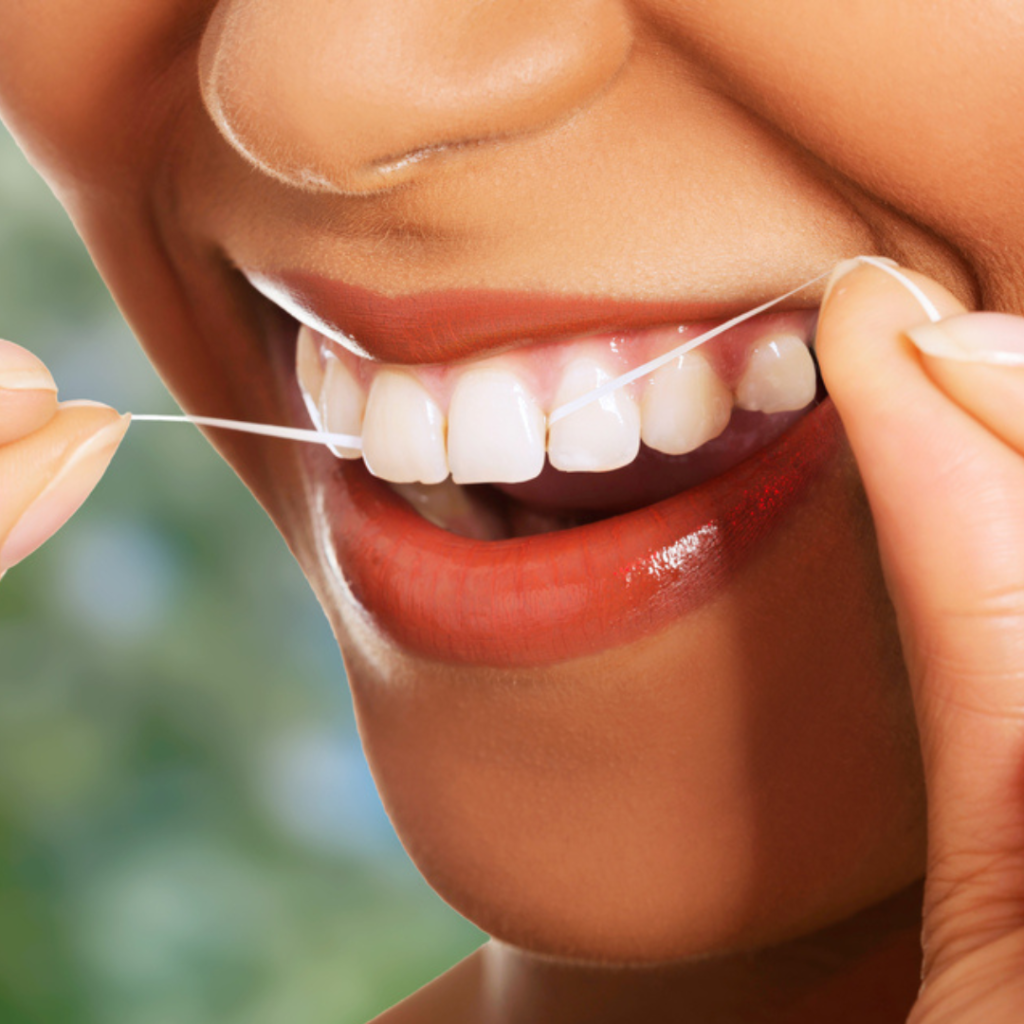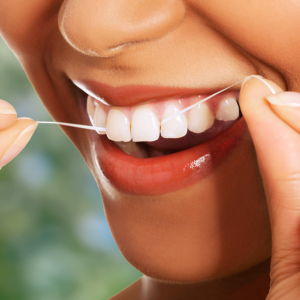Floss Friday! – Effective Tips for Flossing (Sept. 15)

Flossing is a crucial component of maintaining good oral hygiene. It helps remove plaque and food particles from between teeth and along the gumline, where a toothbrush might not reach effectively. Here are some tips for effective flossing and the benefits it provides:
Tips for Effective Flossing:
Choose the Right Floss: There are various types of dental floss available, including traditional string floss, floss picks, and water flossers. Choose the one that you’re most comfortable with and that effectively fits your needs.
Use Enough Floss: Cut off a piece of floss about 18 inches long (45 cm). This gives you enough floss to use a fresh section between each tooth.
Be Gentle: Avoid snapping the floss between your teeth, as this can damage your gums. Instead, gently guide the floss between your teeth using a sawing motion.
Curve Around Each Tooth: Form a C-shape with the floss around each tooth, sliding it gently up and down. This helps clean the sides of the teeth as well as the area just below the gumline.
Don’t Forget the Back Teeth: Make sure to floss both sides of all your teeth, including the back molars. These areas can be prone to food buildup and plaque.
Use a Fresh Section: After flossing between one set of teeth, move to a fresh section of floss for the next set. Using the same section of floss can redeposit bacteria and food particles.
Be Patient: Take your time to floss properly. Rushing through the process can lead to missed areas and ineffective cleaning.
Incorporate Flossing into Your Routine: Flossing should ideally be done at least once a day, preferably before brushing your teeth. This ensures that you’re removing debris before brushing.

